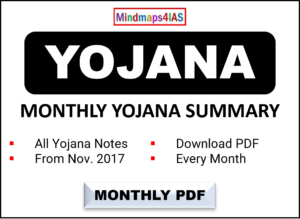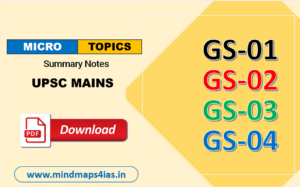Why in the News?
-
Aditya-L1 Mission captured a solar flare ‘kernel’ in the lower solar atmosphere.
-
NASA launched its Polarimeter to Unify the Corona and Heliosphere (PUNCH) mission on March 11th, 2025.
-
Increase in the solar mission has to do with the solar cycle.
Key Takeaways
-
Solar Flare ‘Kernel’ Detection:
-
Detected by the Solar Ultraviolet Imaging Telescope (SUIT) on board the Aditya-L1 mission.
-
Observed an X6.3-class solar flare on February 22, 2024.
-
-
Solar Maximum:
-
Present solar activity suggests that the solar cycle may be nearing its maximum.
-
Scientists believe that the solar maximum is the best possible window available to both launch and observe the sun.
-
-
Solar Cycle:
-
The sun has a magnetic field with north and south poles.
-
Every 11 years, the Sun’s magnetic field completely flips.
-
-
Solar Maximum:
-
The Sun is at its most active when the magnetic field flips.
-
The star can send out more frequent and intense bursts of radiation and particles into space.
-
-
Sunspots:
-
Small, dark, and cooler areas where the magnetic field is particularly strong.
-
The number of sunspots is highest during the solar maximum and least during the solar minimum.
-
-
Solar Flares and CME:
-
During the solar cycle, the solar flares and coronal mass ejections (CME) increase.
-
Solar flares release huge bursts of radiation and energetic particles.
-
In CMEs, the sun throws out large amounts of plasma and magnetic fields.
-
-
Impact:
-
Events can disrupt radio communications, affect satellite operations, interfere with power grids, and pose risks to astronauts and airline passengers.
-
A major solar storm (solar flare) can cause GPS and navigation systems to fail, damage power grids, cause intense auroras, disturb satellite orbits, and interrupt shortwave radio communication of aircraft.
-
Solar Missions
-
Aditya-L1 Mission:
-
India’s first solar mission, launched on September 2, 2023.
-
Objective: Expanding our knowledge of the Sun and its effects.
-
The mission had seven payloads. Two important payloads are the Visible Emission Line Coronagraph (VLEC) and the Solar Ultraviolet Imaging Telescope (SUIT).
-
-
Proba-3:
-
Launched by the European Space Agency on December 5, 2024, through ISRO’s PSLV-C59 vehicle.
-
First-ever attempt at ‘precision formation flying’.
-
The two satellites—Occulter Spacecraft and the Coronagraph Spacecraft—will mimic a natural solar eclipse.
-
-
PUNCH Mission:
-
NASA’s Punch Mission was launched on March 11, 2025.
-
Uses four suitcase-sized satellites to observe the Sun and its environment.
-
Create a combined field of view and map the region where the Sun’s corona transitions to the solar wind.
-
















